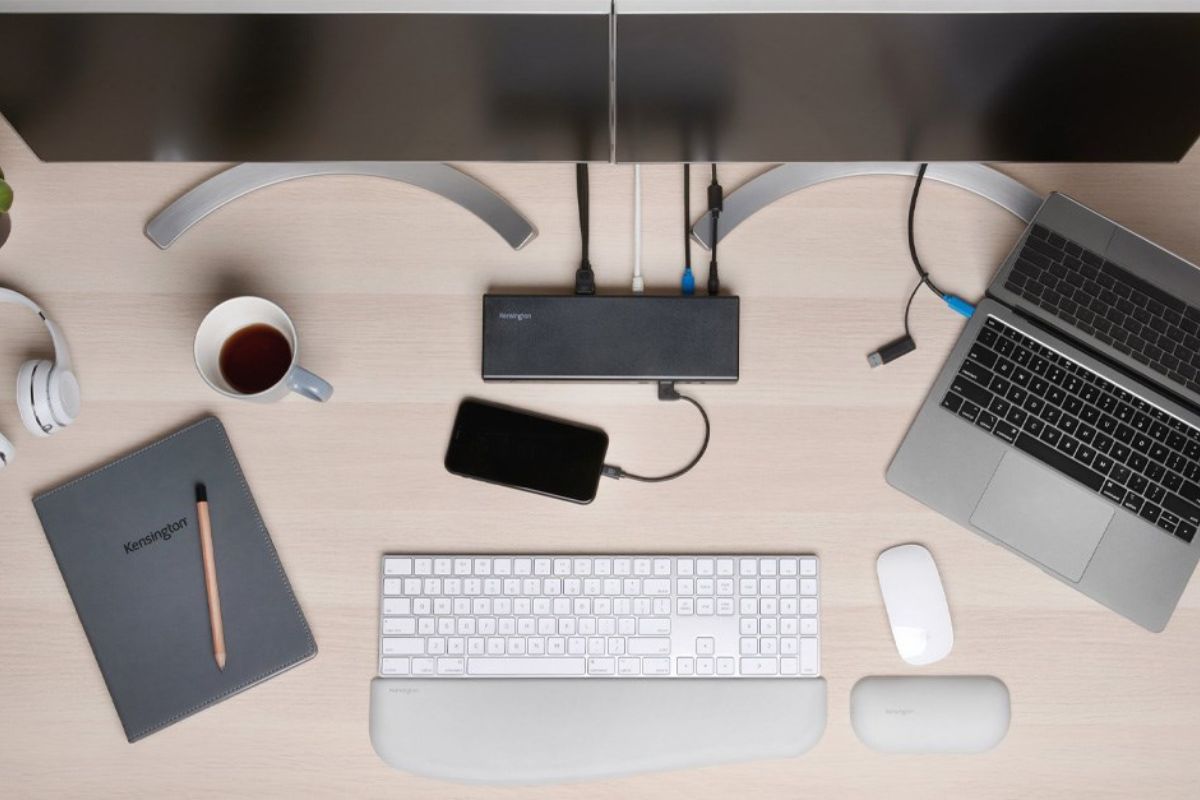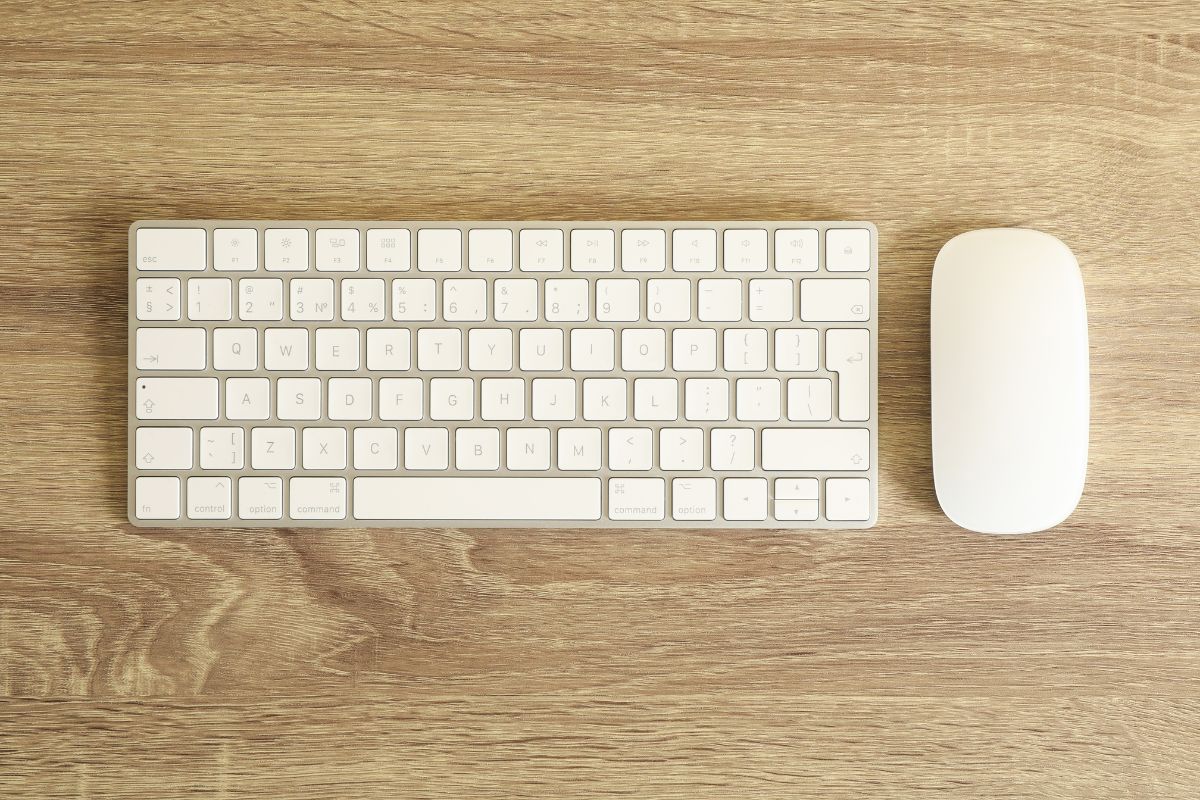
In today’s fast-paced digital world, the demand for efficiency and productivity in the workplace has never been higher. One of the most effective ways to boost productivity is by utilizing multiple monitors and peripherals. This setup not only enhances workflow but also significantly improves the multitasking capabilities of professionals across various industries. The concept of integrating multiple monitors and peripherals into a workspace has become increasingly popular, thanks to advancements in technology and the growing need for efficient data management. In this article, we will explore the benefits of using multiple monitors and peripherals, the impact of the Docking Station Industry, and practical tips for optimizing your workspace.
Section 1: Benefits of Multiple Monitors and Peripherals

The use of multiple monitors and peripherals offers numerous advantages, making it a valuable investment for individuals and businesses alike. One of the primary benefits of incorporating multiple monitors into a workspace is the increased screen real estate. With more screen space, users can manage several applications simultaneously without the need for constant switching between windows. This not only saves time but also reduces the likelihood of errors that can occur when juggling multiple tasks.
Using separate screens for different tasks enhances work organization. For instance, one screen can be used for managing emails, another for project management tools, and a third for research or data analysis. This approach streamlines the workflow and ensures that crucial tasks and information are readily accessible.
The productivity gains from using additional screens and devices are evident across different professions. Graphic designers, video editors, and programmers frequently depend on extra displays to improve their creative workflows and simplify intricate tasks. For example, a video editor might dedicate one screen to the timeline and another to the preview window, while a graphic designer could use separate screens for various design elements.
In a meeting setting, having several screens enables participants to view presentations and documents at the same time, which enhances discussions and decision-making.
Section 2: The Impact of the Docking Station Industry
 [Source – kensington.com]
[Source – kensington.com]
The Docking Station Industry plays a crucial role in the effective utilization of multiple monitors and peripherals. Docking stations provide a centralized hub that connects various devices, such as monitors, keyboards, mice, and external storage, to a single laptop or computer. This connectivity simplifies the process of setting up and managing multiple peripherals, making it an essential component of modern workspaces.
The evolution of the docking station industry has led to the development of advanced docking solutions that support a wide range of devices and configurations. Modern docking stations are equipped with features such as USB-C connectivity, high-resolution video outputs, and built-in Ethernet ports. These advancements ensure seamless integration of multiple monitors and peripherals, enhancing overall productivity and user experience.
In addition to providing connectivity, docking stations also offer ergonomic benefits. Many docking stations are designed with adjustable stands and cable management features, allowing users to customize their workspace for optimal comfort and efficiency. This ergonomic support is especially important for professionals who spend long hours working at their desks.
The expansion of the Docking Station Industry is fueled by the rising trend of enhancing workspaces in both corporate and home office settings. As companies and individuals strive to improve their work environments, the need for advanced and dependable docking solutions is steadily increasing.
Section 3: Tips for Optimizing Your Workspace with Multiple Monitors and Peripherals

To maximize the advantages of having several screens and devices, it is crucial to optimize your workspace efficiently. Here are some practical tips to help you make the most of your setup:
- Monitor Placement and Ergonomics: Position your monitors at eye level to reduce strain on your neck and eyes. Arrange them in a curved or angled configuration to create a seamless viewing experience. Use monitor stands or adjustable arms to achieve the ideal height and angle.
- Cable Management: Keep cables organized and out of the way to prevent clutter and tangling. Utilize cable management solutions such as clips, sleeves, or cable organizers to maintain a clean and organized workspace.
- Keyboard and Mouse Positioning: Place your keyboard and mouse within easy reach to minimize strain on your wrists and arms. Consider using an ergonomic keyboard and mouse to enhance comfort and reduce the risk of repetitive strain injuries.
- Docking Station Placement: Position your docking station in a convenient location where it is easily accessible. Ensure that all cables are securely connected and that the docking station is compatible with your monitors and peripherals.
- Adjust Display Settings: Configure your display settings to match your preferences and work requirements. Adjust brightness, contrast, and resolution to ensure optimal visual clarity and reduce eye strain.
- Regular Maintenance: Keep your monitors and peripherals clean and well-maintained. Regularly check for software updates and perform system maintenance to ensure smooth operation.
Conclusion: Welcoming the Future with Advanced Display and Input Technology
In conclusion, incorporating multiple monitors and peripherals into your workspace offers significant benefits in terms of productivity, organization, and collaboration. The advancements in the Docking Station Industry have further enhanced the usability and functionality of these setups, making them an indispensable tool for modern professionals. By following practical tips for optimizing your workspace, you can maximize the advantages of multiple monitors and peripherals and create a more efficient and comfortable work environment.
As technology continues to evolve, the integration of multiple monitors and peripherals will remain a key component of productivity-driven workspaces. Embracing these advancements will not only enhance your workflow but also contribute to achieving your professional goals with greater ease and efficiency.





Comments